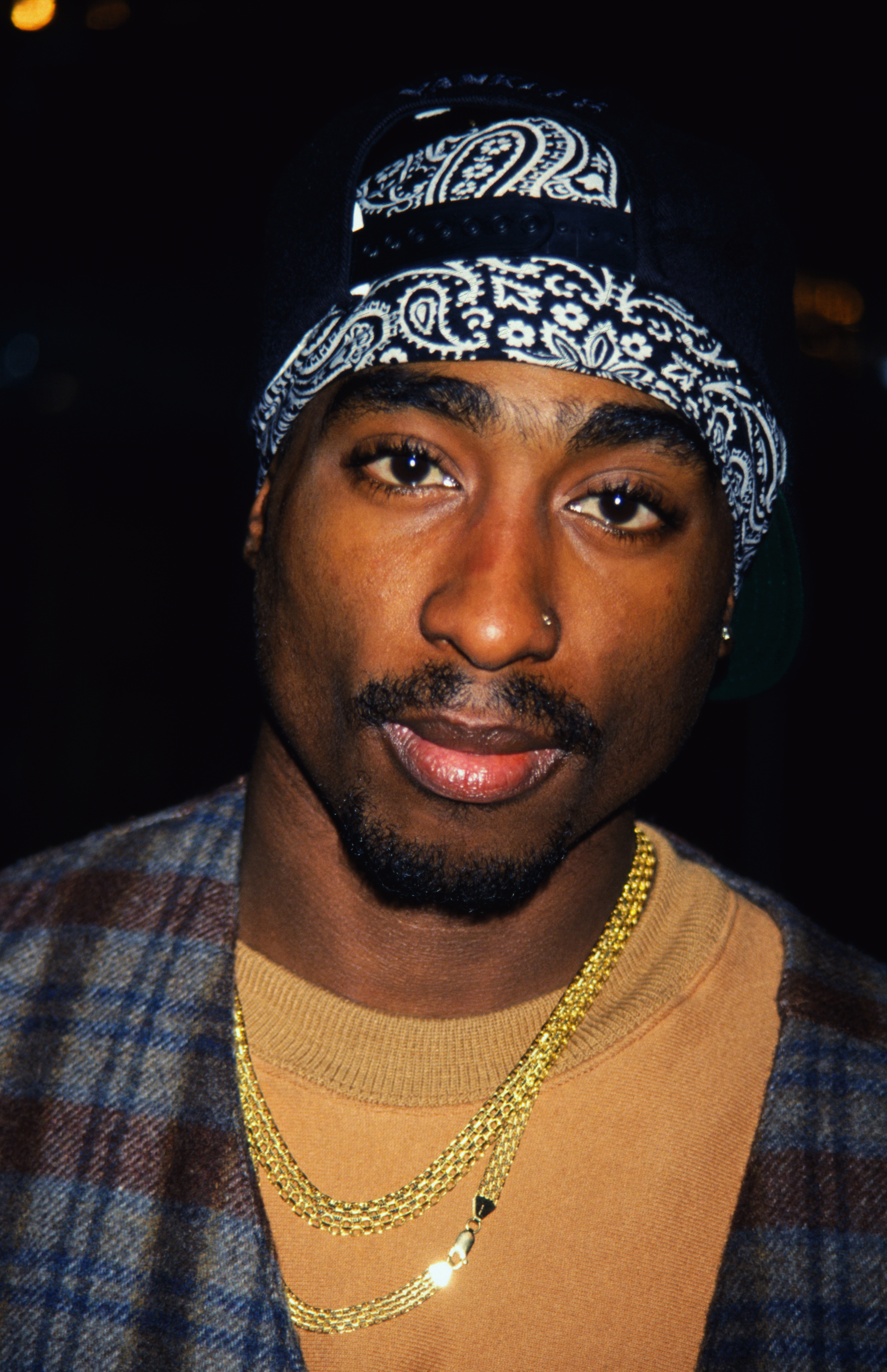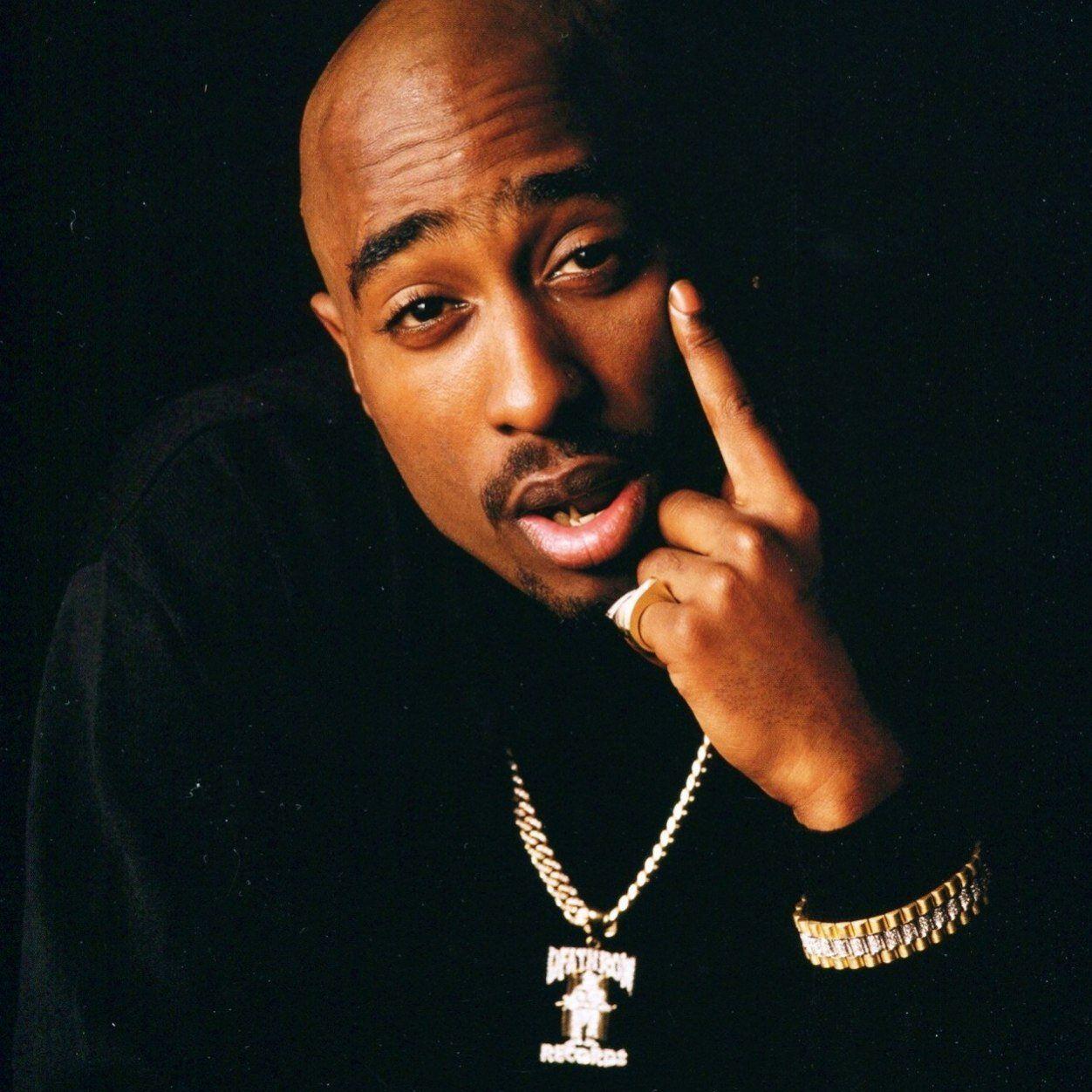Decoding 2pac Tattos: A Look At The Iconic Body Art
The unique markings on Tupac Shakur's skin tell a story, a truly personal chronicle of his life, his beliefs, and the world he moved through. For many, these 2pac tattos are not just designs; they are powerful symbols that continue to resonate with people across the globe, years after his passing. You know, they are almost like visual diary entries, giving us a little glimpse into his mind.
People often look at these markings and feel a strong connection to the artist. They might wonder about the meanings behind each piece, what inspired them, or how they came to be. Each tattoo, in a way, offers a window into the thoughts and feelings of a man who spoke to so many.
These symbols have a lasting impact, becoming part of his legend. Learning about them can really help you understand the person behind the music, and what he stood for. So, this article will walk you through some of his most famous designs and what they represented.
Table of Contents
- Biography of Tupac Shakur
- Tupac Shakur's Personal Details
- The Meaning Behind the Markings
- The THUG LIFE Belly Tattoo
- The 2PAC Arm Piece
- The MAKAVELI Neck Design
- The Cross and Scripture on His Back
- Nefertiti and the Panther
- Outlaw and the Outlawz Connection
- The 50 N.I.G.G.A.Z. Chest Piece
- BOSS and D.T.O.
- NATAS and Its Interpretations
- Only God Can Judge Me
- Trust No One and the Smile Now, Cry Later Masks
- Frequently Asked Questions About 2pac Tattos
Biography of Tupac Shakur
Tupac Amaru Shakur, known widely by his stage names 2pac and Makaveli, was a highly influential rapper and actor. He is, by the way, considered by many to be one of the greatest artists of all time. His music and words really touched a lot of people, and they still do.
He starred in several movies, like "Juice," "Poetic Justice," "Above the Rim," "Gridlock’d," and "Gang Related." These roles showed his range beyond music. His popularity, it's pretty clear, remained strong even after his death, with many posthumous releases coming out, some of which were, you know, simply repackaged or remixed versions of existing material.
His cultural impact was massive. For some, 2pac CDs were a kind of cool currency, a way to connect with his message. The phrase "Thug Life" became a slogan, often seen scrawled on notebooks and bookbags, really showing how much his ideas resonated with young people. There are stories, too, of Irish kids getting Tupac tattoos when they were old enough, which just shows how far his influence reached.
Sadly, his life was cut short. Duane “Keffe D” Davis, a former member of the Crips street gang, was arrested and indicted on one count of murder on September 29, 2023, for his role in the 1996 killing of Tupac. The man charged with ordering the 1996 killing of the rap icon in Las Vegas is, as a matter of fact, asking the Nevada Supreme Court to dismiss his murder charges, which is a recent development in this long-standing case.
Tupac Shakur's Personal Details
| Full Name | Tupac Amaru Shakur |
| Stage Names | 2pac, Makaveli |
| Birth Date | June 16, 1971 |
| Death Date | September 13, 1996 |
| Occupation | Rapper, Actor |
| Notable Works (Film) | Juice, Poetic Justice, Above the Rim, Gridlock’d, Gang Related |
| Cultural Impact | Considered one of the greatest and most influential artists of all time; "Thug Life" slogan widespread; posthumous releases continued popularity. |
The Meaning Behind the Markings
Tupac Shakur's skin was a canvas, displaying symbols that spoke volumes about his identity, his struggles, and his hopes. Each of his 2pac tattos held a story, a connection to his past, or a declaration of his beliefs. They were, in a way, like chapters in his life's book, right there for the world to see.
The THUG LIFE Belly Tattoo
Perhaps his most famous tattoo, the "THUG LIFE" across his stomach, was more than just a phrase. It was, you know, an acronym that stood for "The Hate U Give Little Infants F***s Everybody." This was a powerful message, really. It spoke to the cycle of violence and despair that can come from neglecting young people, and how that negativity eventually affects everyone in society. It showed his commitment to social commentary and understanding the struggles of the streets, and it was, as a matter of fact, a kind of personal manifesto for him.
The 2PAC Arm Piece
On his right arm, he had "2PAC" inked. This was, obviously, his main stage name and a very direct way to identify himself. It was a simple yet strong declaration of who he was in the music world. It's like, a clear statement, and it really made sense for him to have that there.
The MAKAVELI Neck Design
After a time, Tupac started using the name Makaveli, inspired by Niccolò Machiavelli, an Italian philosopher who wrote about political power. This tattoo, on his neck, showed his interest in strategy and his belief in a kind of rebirth or strategic return. It was a nod to his more philosophical side, and it sort of hinted at his deeper thinking about life and influence.
The Cross and Scripture on His Back
On his back, Tupac had a large cross, with the scripture "EXODUS 18:31" written beneath it. While often cited as "Exodus 18:31," the verse that is usually connected to this tattoo and its meaning of God's triumph over oppressors is "Exodus 18:11." This tattoo, you know, really showed his spiritual side and his belief in a higher power, and also his thoughts on justice and overcoming difficulties. It was a very personal statement of faith and resilience.
Nefertiti and the Panther
On his right arm, Tupac had an image of Nefertiti, the ancient Egyptian queen known for her beauty and strength. This symbol could represent his connection to African heritage and the strength of Black women. On his left arm, he had a Black Panther. This was a clear nod to the Black Panther Party, which his mother, Afeni Shakur, was a part of. The panther symbolized strength, resistance, and a fight for justice and liberation. These two, really, show his pride in his roots and his commitment to social causes.
Outlaw and the Outlawz Connection
On his right arm, he had "Outlaw" tattooed. This was directly related to his group, the Outlawz, which he formed. The name "Outlaw" for him and his group meant living outside the system, challenging norms, and speaking their own truth, even if it meant being seen as rebels. It was a declaration of loyalty to his crew and their shared vision, and it really fit his persona.
The 50 N.I.G.G.A.Z. Chest Piece
On his chest, Tupac had "50 N.I.G.G.A.Z." This was another acronym, standing for "Never Ignorant Getting Goals Accomplished." This tattoo, you know, showed his belief in education and self-improvement, even when facing tough circumstances. It was a message of empowerment, urging people to strive for their goals and not let ignorance hold them back. It's a pretty strong statement, really.
BOSS and D.T.O.
Below the "2PAC" tattoo on his right arm, he had "BOSS." This was a declaration of his leadership and his position in the music world. On his left arm, he had "D.T.O.," which stood for "Dictated Thuggin' Outlaw." This phrase, you know, further defined his philosophy of living by his own rules and embracing his "thug" identity as a form of resistance, rather than just a negative label. These pieces, in a way, cemented his image as a leader and a rebel.
NATAS and Its Interpretations
On his right arm, Tupac had "NATAS." This is "Satan" spelled backward. While some might see this as a dark symbol, it's often interpreted in his context as an acronym for "North American's Taxing All Servants." This interpretation suggests a critique of the system, seeing it as oppressive. It was, you know, another example of his anti-establishment views and his desire to expose what he saw as societal wrongs. It's a pretty clever way to make a point, really.
Only God Can Judge Me
On his right shoulder, Tupac had "ONLY GOD CAN JUDGE ME." This tattoo was a very personal statement about his belief in divine judgment over human criticism. It reflected his defiance against those who condemned him or misunderstood his actions and words. It was, in a way, a declaration of his independence from public opinion, and it really showed his strong sense of self. He was, like, saying, "I answer to a higher power."
Trust No One and the Smile Now, Cry Later Masks
On his back, below the cross, he had "TRUST NO ONE." This tattoo spoke to his experiences with betrayal and the harsh realities of the world he lived in. It reflected a cautious and somewhat cynical outlook, born from difficult personal experiences. Also on his back, he had the "Smile Now, Cry Later" masks, often seen as comedy and tragedy masks. These represented the duality of life, the need to put on a brave face even when hurting inside, and the balance between joy and sorrow. They are, you know, pretty symbolic of the emotional range in his music and his life.
These markings, collectively, paint a detailed picture of Tupac Shakur's journey. They were more than just art; they were statements, beliefs, and memories etched onto his skin, forever connecting him to his message and his followers. You can learn more about Tupac's lasting impact on our site, and perhaps even discover more about his life and times on a reputable biography site.
Frequently Asked Questions About 2pac Tattos
People often have questions about Tupac's tattoos, wondering about their meanings and how they fit into his story. Here are a few common ones:
What was Tupac's most famous tattoo?
His "THUG LIFE" tattoo, which stretched across his stomach, is arguably his most recognized. It's almost, you know, a symbol of his entire philosophy and movement. It really became iconic.
Did Tupac design his own tattoos?
While Tupac had specific ideas and meanings for each tattoo, the actual artistic design and application would have been done by tattoo artists. He clearly had a vision for what he wanted, and they just helped him bring it to life on his skin, so to speak.
What was the meaning behind "Makaveli" for Tupac?
The name "Makaveli" was inspired by Niccolò Machiavelli, an Italian political philosopher. Tupac adopted this name to suggest a strategic, almost reborn approach to his music and life, especially after his time in prison. It was, in a way, a new chapter for him, and it showed his deeper thinking about influence and power.

The Most Influential Artists: #6 2Pac

Tupac Shakur - IMDb

List 90+ Pictures Pictures Of Tupac Shakur Latest